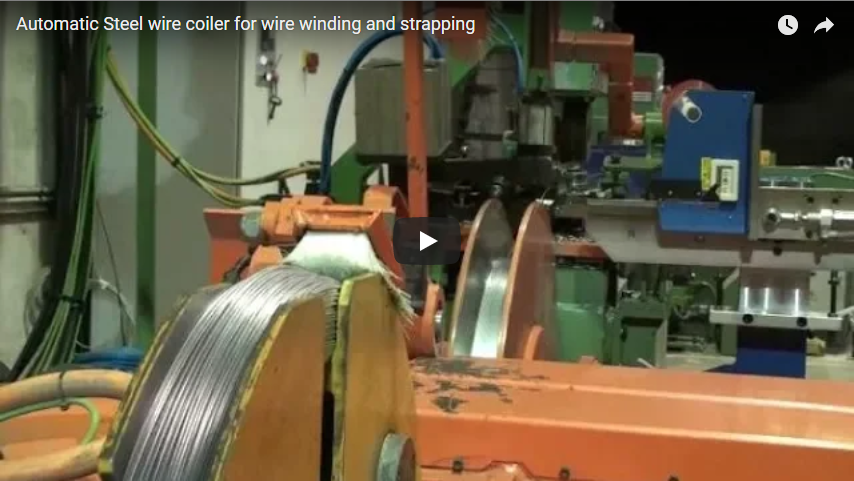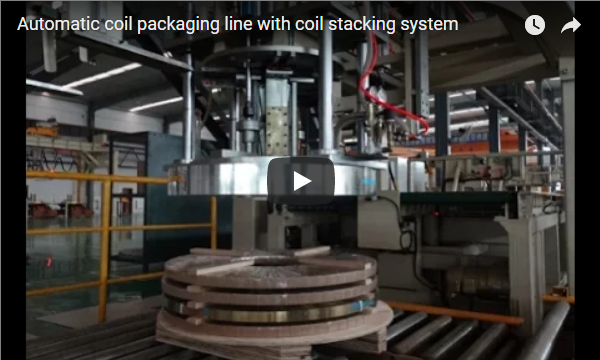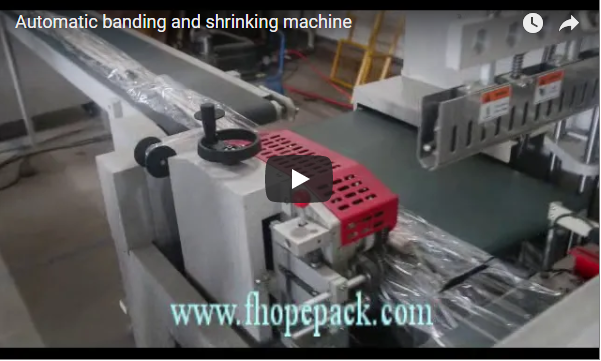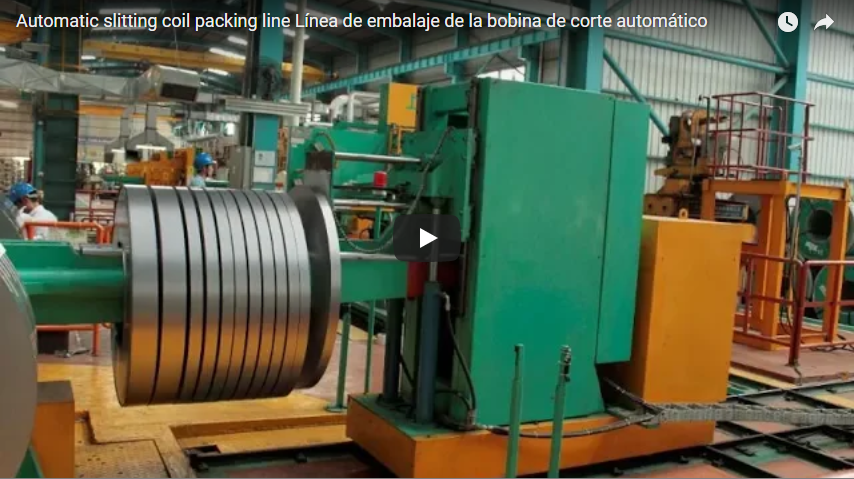Revolutionizing Coil Handling: Integrating Automated Timber Feeder Stacking in Modern Packing Lines
In today's demanding industrial landscape, optimizing efficiency, ensuring product integrity, and enhancing worker safety within coil handling and packaging operations are paramount. Traditional manual or semi-automated processes often fall short, leading to bottlenecks, inconsistencies, and increased operational risks. The integration of sophisticated automation, specifically the Timber Feeder Stacking Machine within an Automatic Coil Packing Line, represents a significant leap forward, addressing these challenges head-on. This technology draws upon principles seen in advanced material handling patents (e.g., concerning automated dunnage placement and load stabilization) and aligns with research highlighting the ergonomic and throughput benefits of robotics in manufacturing logistics.
The Synergy of Automation: System Overview
This integrated system is not merely a collection of machines but a cohesively engineered solution designed for the seamless processing of coiled materials – from metal wires and strips to tubes. Key functional units typically include:
- Decoiler: Securely holds and unwinds the master coil.
- Straightener: Removes coil set and ensures material flatness, critical for subsequent processing and final product quality.
- Feeder: Precisely advances the material for cutting or processing.
- Timber Feeder & Stacker: This core innovation automatically introduces timber supports or dunnage at programmed intervals or locations within the coil stack or package. This is crucial for structural integrity during storage and transit, preventing coil collapse or damage – a significant concern highlighted in logistics industry reports on heavy cargo transport. The stacking mechanism then arranges the coils, often incorporating the timber elements, into stable, transport-ready units.
This level of integration reflects trends discussed in publications like Modern Materials Handling, where synchronized automation is key to maximizing throughput and minimizing idle time in packaging workflows.
Technical Specifications & Performance Benchmarks
The parameters outlined below provide a general overview. Specific configurations can vary based on application requirements. For precise details tailored to your operational needs, direct consultation is recommended.
- System Type: Fully Automatic, Modular Design
- Year of Manufacture: Representative Model 2021
- Coil Weight Capacity: Engineered for loads up to 2000 kg, accommodating substantial industrial coils.
- Timber Dimension Handling:
- Length: 1000mm to 2500mm
- Width: 50mm to 300mm (Versatility in dunnage selection)
- Coil Inner Diameter Compatibility: Minimum 450mm
- Operational Throughput: Capable of processing up to 12 coils per hour, subject to coil size and complexity.
- Control Architecture: PLC Controlled System with intuitive Touch Screen HMI (Human-Machine Interface), facilitating ease of operation and parameter adjustment. This aligns with Industry 4.0 integration capabilities often cited in automation research.
- Safety Integration: Comprehensive safety features including Emergency Stops and Physical Guard Rails, adhering to international safety standards (e.g., related CE directives).
- Power Configuration: Typically *380V, 50Hz, Three Phase (adaptable)
- Approximate Machine Weight: ~5000 kg
- Compliance & Certification: ISO 9001 Quality Management, CE Marking.
Disclaimer: These parameters represent typical specifications and may not exactly match the equipment depicted in the video. Please contact us for verified information and application-specific capabilities.
Strategic Applications & Industry Impact
The automated timber feeder stacking system offers tangible benefits across various industrial scenarios:
1. Precision Timber Placement for Enhanced Load Stability
This function automates the insertion of timber slats into coil bundles or stacks. Patent literature often details sophisticated gripping and placement mechanisms designed for such tasks, ensuring accuracy that manual methods cannot replicate.
- Operational Scope: Handles diverse timber sizes (up to 2500mm L x 300mm W).
- Target Packaging: Ideal for steel coils up to 2000 kg requiring enhanced structural support for safe transit.
- Value Proposition: Directly addresses inefficiencies and inconsistencies of manual dunnage placement, significantly boosting packing cycle times and reducing potential for load shifting or damage, a recurring theme in logistics risk management studies.
2. Automated Coiling & Stacking with Integrated Dunnage (e.g., Steel Wire)
The system seamlessly coils materials like steel wire and automatically stacks them, integrating timber supports as needed for stability.
- Operational Scope: Compatible with coil inner diameters from 450mm upwards.
- Target Packaging: Efficiently handles wire widths typically ranging from 5mm to 20mm.
- Value Proposition: Delivers consistent package quality, minimizes material waste from handling errors, and substantially reduces labor costs and ergonomic risks associated with manual handling of heavy wire coils – benefits frequently quantified in industrial automation case studies.
3. Integration into High-Volume Manufacturing & Processing Lines
Designed for robustness, the system integrates smoothly into demanding production environments handling large volumes of coils (strips, tubes, etc.).
- Operational Scope: Sustains continuous operation, achieving speeds up to 12 coils/hour.
- Target Packaging: Suitable for heavy-duty cycles in sectors like metal processing, automotive supply, and construction materials.
- Value Proposition: Significantly enhances overall equipment effectiveness (OEE) by reducing packaging bottlenecks, minimizing downtime, and improving safety compliance. This aligns with lean manufacturing principles focused on eliminating waste and maximizing value-added time.
Conclusion: Advancing Packaging Automation
The integration of Timber Feeder Stacking Machines into automatic coil packing lines is more than an incremental improvement; it's a strategic enhancement. By automating the critical but often labour-intensive task of timber dunnage placement and stacking, businesses can achieve greater operational efficiency, improved product protection, enhanced worker safety, and a stronger competitive edge in demanding markets. This technology embodies the progress in industrial automation, delivering measurable returns on investment through reduced costs and optimized throughput.
For further information on how this automated solution can be tailored to your specific coil handling and packaging requirements, please contact us at info@fhopepack.com.






